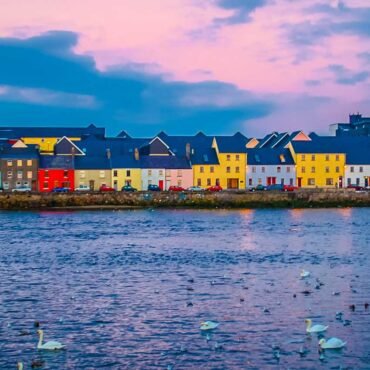The Infrastructure Sustainability Council’s 2021 Annual Impact Report has revealed that last financial year, projects certified by the council cut energy-related emissions by 43% and materials-related emissions by 56%.
The report is confirmation that the sector is moving towards net zero emissions and a future with more sustainable, resilient, inclusive infrastructure, said Infrastructure Sustainability Council Chief Executive Officer Ainsley Simpson.
“We have proven that embedding sustainability requirements in business cases, procurement and contracts can halve our emissions — an extraordinary achievement given infrastructure has been considered one of the ‘hard to transition’ sectors of the economy. With a sustainable infrastructure recovery, net zero emissions are well within our grasp,” Simpson said.
Around 70% of Australia’s emissions are enabled by infrastructure, according to Reshaping Infrastructure, a paper published by the Infrastructure Sustainability Council, ClimateWorks Australia and the Australian Sustainable Built Environment Council in 2020.
Over the last four years the 34 As Built projects certified by the IS Rating Scheme have avoided 26.5 million tonnes of carbon dioxide equivalent by meeting best-practice benchmarks for sustainable infrastructure design, construction and asset management.
“This is roughly equivalent to the 26 million tonnes of emissions eliminated across Australia’s entire economy in 2020,” Simpson said.
The Infrastructure Sustainability Rating Scheme is a reporting standard that is designed to ensure sustainability outcomes against benchmarks. The emissions, water, waste and energy reduction potential of each infrastructure project is determined against business-as-usual practice as part of the rating process. All outcomes are mapped to the UN Sustainable Development Goals.
The 2021 Impacts Report confirmed impressive social, cultural, environmental and social outcomes from infrastructure projects. Certified projects diverted 95% of waste from landfill, while water used in construction and operation of IS-rated projects was roughly half that of the base case.
The list of certified projects on the Infrastructure Sustainability Council’s books includes the $1.2 billion CBD & South East Light Rail project in New South Wales, which replaced 33% of its emissions-intensive Portland cement with supplementary cementing materials like fly ash to reduce its environmental impact. Another project, part of Victoria’s Big Build, $1.4 billion Level Crossing Removal Program, diverted 100% of its construction waste — a massive 61,817 tonnes — from landfill.
“Our message is clear. Government mandates of the IS Rating Scheme are working — we are driving down emissions at speed. Our challenge now is to remove the hand-brake with national policy that integrates sustainability into all stages of the project lifecycle for all asset classes,” Simpson said.
“We have seen the commitment to sustainable infrastructure through policy, planning and procurement double in just one year, with 55 new IS registrations for around $19.3 billion worth of infrastructure investment.
“Infrastructure has a huge contribution to make in the decade of decarbonisation. We have positive proof that a holistic and transparent approach to sustainability can drive emissions reduction and workforce capability, and stimulate local and regional economies,” Simpson concludes.
To download the 2021 Impact Report, visit: https://www.iscouncil.org/2021-impact-report/.
Image caption: Infrastructure Sustainability Council Chief Executive Officer Ainsley Simpson


















Post comments (0)